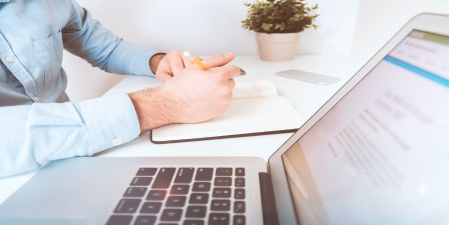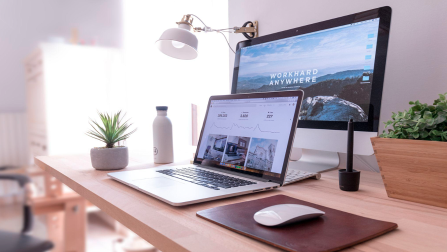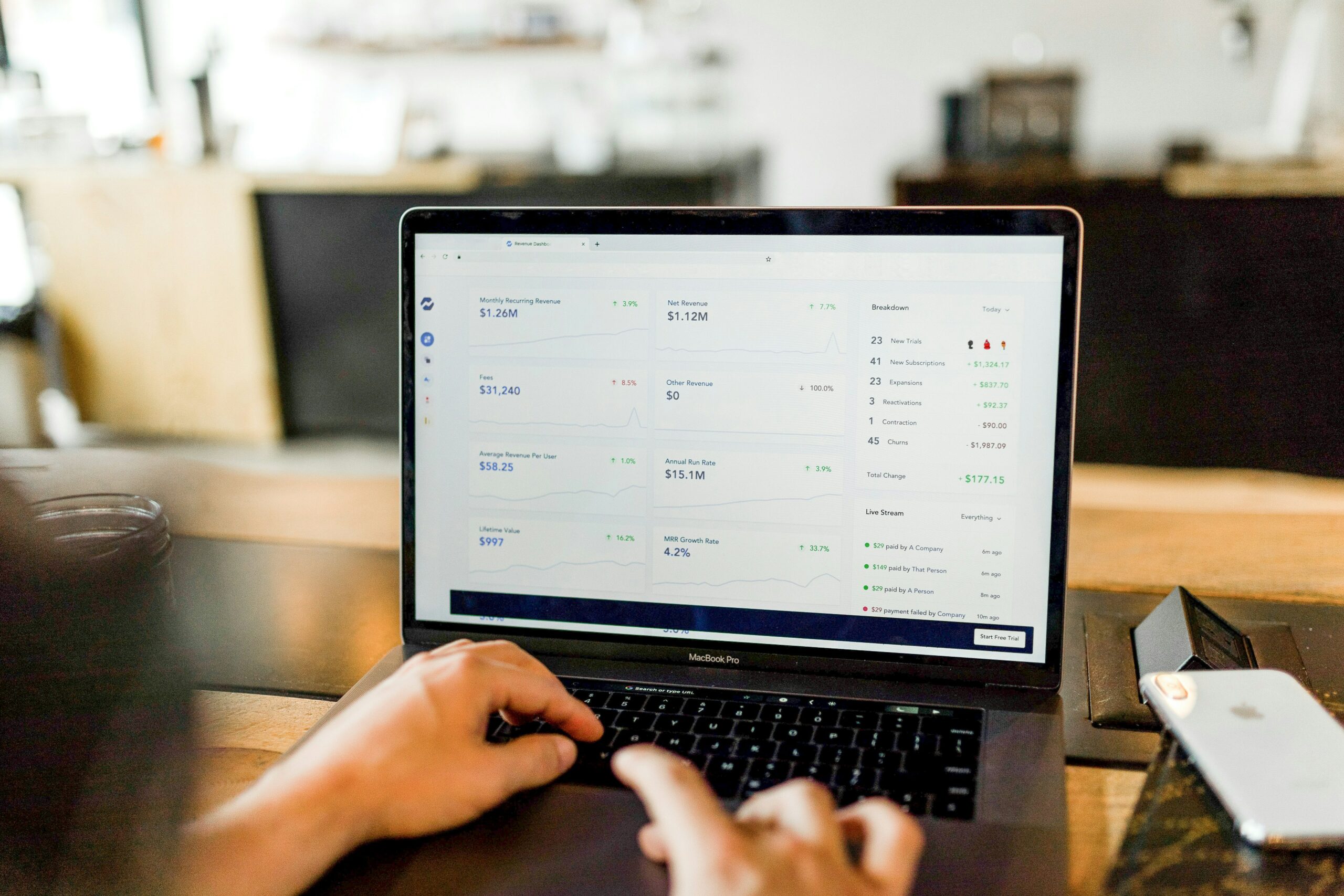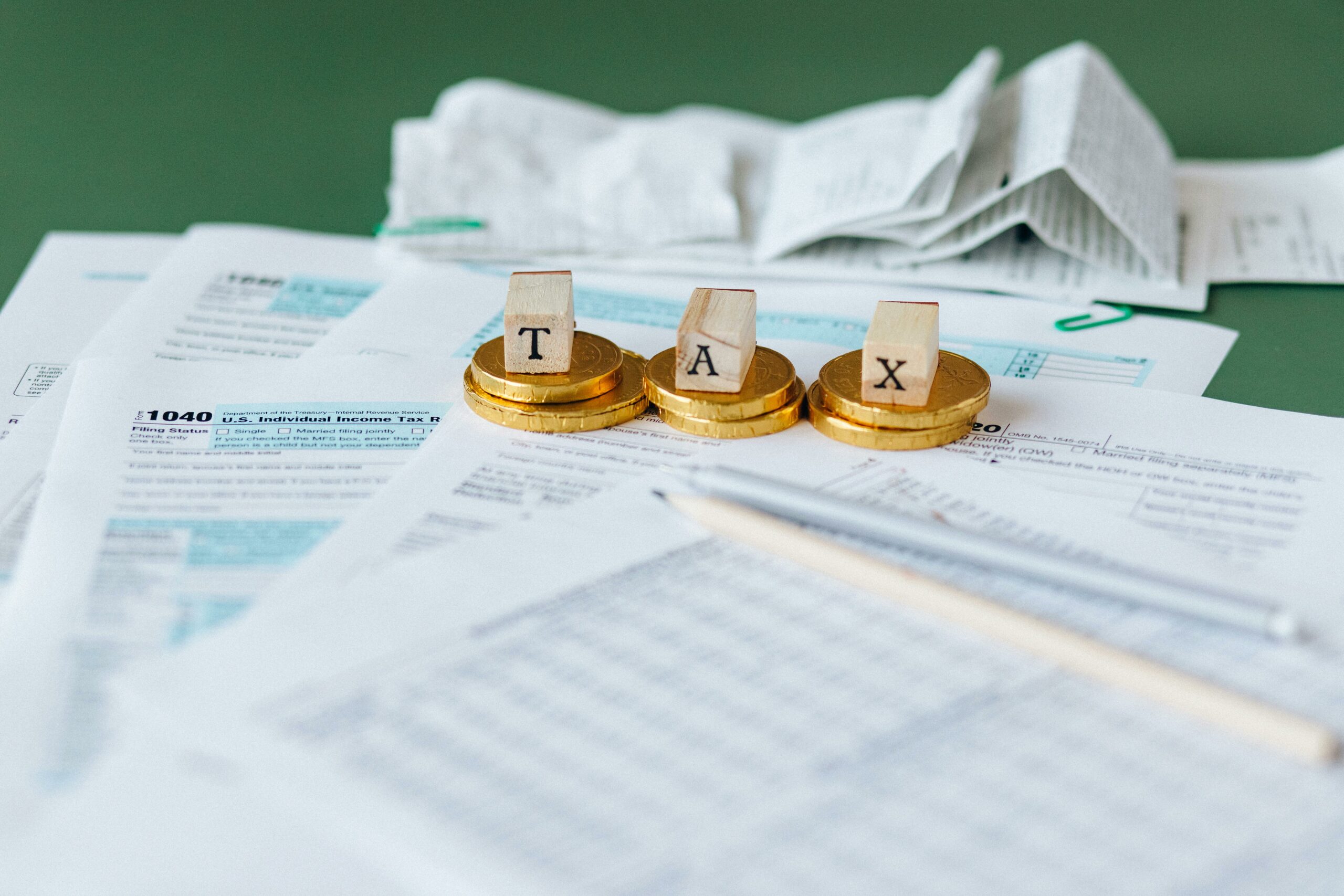
A balance sheet is one of the three financial statements that businesses use to gain insights into their overall financial health.
This statement provides a snapshot of a company’s assets, liabilities, and equity at a specific point in time.
While it can be used to assess a variety of different things, it is most commonly used to determine a company’s solvency – that is, its ability to pay its debts.
In this article, we’ll provide a comprehensive overview of what balance sheets are, how they work, and how you can use them to better understand your business’s finances.
What Is a Balance Sheet?
A balance sheet is one of the most important financial statements that show a company’s assets, liabilities, and shareholders’ equity. This statement provides a snapshot of a company’s financial health at a specific point in time.
It is used to assess a company’s solvency, which is the ability to pay its debts as they come due. To be solvent, a company must have more assets than liabilities. If a company’s liabilities exceed its assets, the company is insolvent and may be unable to pay its debts as they come due.
It can also be used to assess a company’s financial strength. A company’s financial strength is determined by its ability to generate cash flow and cover its expenses. To assess a company’s financial strength, analysts look at several ratios, including the debt-to-equity ratio and the interest coverage ratio.
The debt-to-equity ratio measures the percentage of a company’s financing that comes from debt. The higher the percentage, the greater the risk that the company will default on its debt obligations. The interest coverage ratio measures a company’s ability to make interest payments on its debt. A low-interest coverage ratio indicates that a company may have difficulty making payments.
The Different Types of Balance Sheets
Most people are familiar with the standard balance sheet that lists assets and liabilities, but there are actually several different types. Here’s a quick rundown of the most common types:
- The Standard: This is the most common type of balance sheet and simply lists all of a company’s assets and liabilities.
- The Comparative: This compares a company’s financial position at two different points in time, usually at the end of two consecutive fiscal years.
- The Consolidated: This consolidates the financial position of a parent company and all its subsidiary companies.
- The Cash Flow Statement: This statement is not technically a type of balance sheet, but it is often used in conjunction with balance sheets. The cash flow statement shows how a company’s cash has changed over time, usually over the course of a fiscal year.
How Does a Balance Sheet Work?

When someone asks “how does a balance sheet work?”, they are really asking how assets, liabilities, and shareholders’ equity interacts to create a balance sheet. The answer lies in the fundamental accounting equation:
Assets = Liabilities + Shareholders’ Equity
This equation must always balance because it represents the truth that a company’s total assets always equal the sum of its total liabilities and shareholders’ equity. Let’s take a closer look at each side of the equation:
Assets: Everything of value owned by a company is an asset. This includes cash on hand, accounts receivable (money owed to the company by its customers), inventory, property, and equipment.
Liabilities: Everything a company owes is a liability. This includes accounts payable (money owed to suppliers), loans, mortgages, and bonds.
Shareholders’ Equity: Shareholders’ equity (sometimes called “net assets” or “net worth”) represents the amount that would be left over if a company sold all of its assets and used the proceeds to pay off all of its liabilities. It can be calculated as follows:
The balance sheet equation always balances because total assets will equal total liabilities plus shareholders’ equity—no matter how many times you rearrange the equation. For example, let’s say you own a small business with $500 in cash, $200 in inventory, $2,000 in accounts receivable, and $1,000 in equipment. You also have $1,500 in accounts payable to your suppliers and a $5,000 loan from the bank. Your shareholders’ equity would equal $400 ($500 + $200 + $2,000 + $1,000 − $1,500 −$5 000). Thus:
Assets = Liabilities + Shareholders’ Equity
or
$500 + $200 + $2,000 + $1,000 = $1,500 + $5,000 + $400
or, stated another way:
$3,900 = $6,900
How Do I Read a Balance Sheet?

In order to read, a balance sheet is divided into two sections: The left-hand side (also called the “asset side”) and the right-hand side (or the “liability and equity side”).
On the asset side, you’ll find all of the things that the company owns and can use to generate revenue. This includes things like cash, inventory, buildings, and equipment.
On the liability and equity side, you’ll find all of the company’s obligations—things like loans, accounts payable, and credit cards. You’ll also find shareholders’ equity, which is the portion of the company that belongs to its owners.
To get a better understanding of how all these pieces fit together, let’s look at an example balance sheet:
As you can see, ABC Company has more assets than liabilities. This means that it has more resources than it owes, which is generally a good thing.
The company also has more equity than debt, which is another good sign. This means that the company’s owners have more invested in the business than outsiders do.
Now that you know how to read a balance sheet, you can use it to get a better understanding of a company’s financial health.
How to Create a Balance Sheet
A balance sheet is a financial statement that summarizes a company’s assets, liabilities, and shareholder’s equity at a specific point in time.
The balance sheet is one of the most important financial statements for a business because it provides a snapshot of the company’s financial position at a given moment. The balance sheet can be used to assess a company’s solvency, which is its ability to pay its debts as they come due.
The balance sheet is divided into two sections: the left-hand side, which lists the company’s assets, and the right-hand side, which lists the company’s liabilities and shareholders’ equity.
Assets are listed first because they are typically used to pay off liabilities and equity holders’ claims. Liabilities are listed next because they represent the claims of creditors against the company. Shareholders’ equity is listed last because it represents the residual ownership interest in the company after all other claims have been paid.
To create a balance sheet, businesses must first identify and classify their assets and liabilities into distinct categories. The most common types of assets are cash, accounts receivable, inventory, investments, property, plant, and equipment. The most common types of liabilities are accounts payable, accrued expenses, and long-term debt.
Once the assets and liabilities have been classified, businesses must then determine the fair market value of each category. The fair market value is the price that would be paid for an asset or liability if it were exchanged in an arm’s length transaction between a willing buyer and a willing seller.
After the fair market values have been determined, businesses can calculate their shareholders’ equity. Shareholders’ equity is equal to the total value of the company’s assets minus the total value of its liabilities.
The balance sheet can be used to assess a company’s financial position, solvency, and liquidity. The balance sheet can also be used to compare a company’s financial position against its peers or industry averages.
What Is a Balance Sheet Comprised Of?
A balance sheet is one of the three fundamental financial statements that business organizations use to assess their financial health. The other two are the income statement and the cash flow statement.
The balance sheet provides a snapshot of a company’s assets, liabilities, and equity at a given point in time. It is used to give an overview of a company’s financial position and can be used to compare against rival companies or industry averages.
The balance sheet is comprised of three main sections: assets, liabilities, and equity. Each section has its own unique purpose and significance.
Assets:
The assets section lists all of the resources that a company owns and can use to generate revenue. This includes cash, investments, inventory, accounts receivable, land, buildings, equipment, and anything else of value.
Liabilities:
The liabilities section lists all of the obligations that a company owes. This includes money owed to suppliers, employees, tax authorities, lenders, and other creditors.
Equity:
The equity section represents the ownership interests of the shareholders in a company. This includes retained earnings (profits that have been reinvested back into the business) as well as any paid-in capital from investors.
When Should I Hire Someone to Create My Balance Sheet Each Month?

Assuming you’re asking about when you should outsource your balance sheet preparation to a professional, the answer depends on the size and complexity of your business. If you have a simple business with few transactions, you can probably prepare your own balance sheet without much trouble.
But if your business is growing and you’re starting to see more transactions, it might be time to hire someone to help you with your balance sheet. A professional can make sure all your transactions are properly accounted for and that your balance sheet is accurate each month.
Hiring someone to prepare your balance sheet also frees up your time so you can focus on running your business. If keeping track of your finances is taking away from time you could be spending on other aspects of your business, it’s probably time to outsource this task.
Conclusion
A balance sheet is one of the three most important financial statements for a business, along with the income statement and cash flow statement.
It provides an overview of a company’s assets, liabilities, and shareholders’ equity at a specific point in time. A balance sheet can be used to assess a company’s financial position and calculate important ratios such as working capital, return on equity, and debt-to-equity.
If you are thinking about starting or investing in a business, it is essential that you understand how to read and analyze a balance sheet.
About EcomBalance
EcomBalance is a monthly bookkeeping service for eCommerce companies. EcomBalance handles your bookkeeping and sends you a Profit and Loss Statement, Balance Sheet, and Cash Flow Statement by the 15th of each month. EcomBalance also has a sister company, AccountsBalance, that caters to agencies, software companies, coaches, and other online companies.









